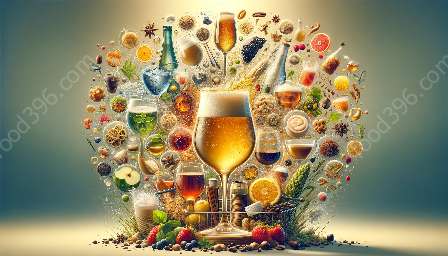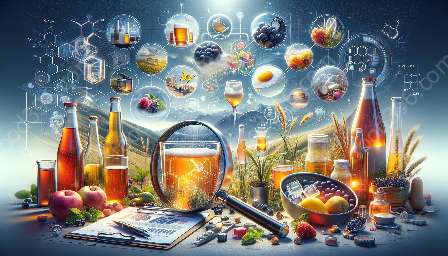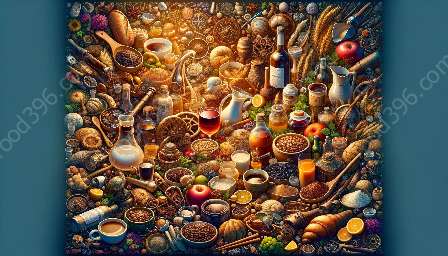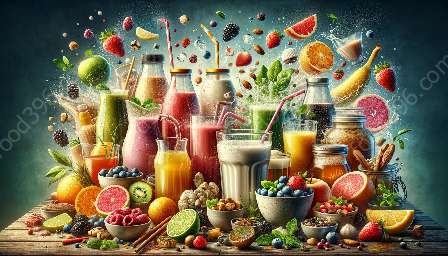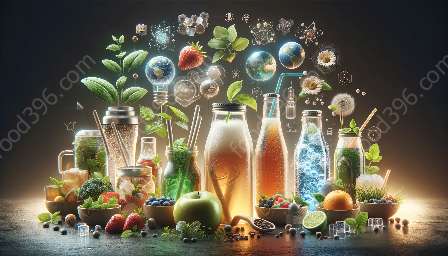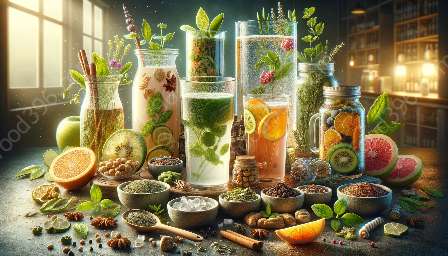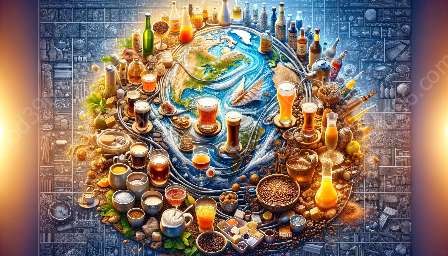Whether you're sipping a refreshing soda on a hot day or enjoying a cup of artisanal coffee, beverages are an integral part of human culture. From traditional to modern concoctions, the classification of beverages encompasses a wide range of choices that reflect regional traditions, consumer preferences, and gastronomic innovations.
The Cultural Significance of Beverages
Beverages hold immense cultural significance across the globe. From ceremonial teas to celebratory toasts, beverages are intertwined with social rituals, customs, and traditions. Understanding the classification of beverages provides insight into the historical, social, and economic dimensions of various cultures.
Classification of Hot Beverages
Coffee
As one of the most consumed beverages in the world, coffee offers a diverse array of brewing methods and flavor profiles. From espresso to pour-over, coffee enthusiasts can explore a wide range of regional blends and roasting techniques.
Tea
Tea, with its rich history and diverse varieties, holds a special place in many cultures. From delicate green teas to robust black teas, the classification of tea encompasses a spectrum of flavors, aromas, and brewing traditions.
Hot Chocolate
A beloved treat across generations, hot chocolate is a comforting beverage that has evolved with artisanal variations and unique flavor infusions.
Classification of Cold Beverages
Soda
The world of carbonated beverages offers a myriad of flavors and brands, reflecting the evolving preferences of consumers. From classic colas to exotic fruit sodas, this category continues to expand with innovative formulations.
Juices and Smoothies
Natural fruit juices, vegetable blends, and creamy smoothies represent the spectrum of healthy and indulgent cold beverages. Their classification delves into the nutritional benefits, flavor combinations, and production methods.
Iced Coffee and Tea
These chilled adaptations of traditional hot beverages have become immensely popular, especially during warmer months. Their classification encompasses cold brews, iced lattes, and tea-based infusions that cater to diverse preferences.
Alcoholic Beverages
Beer
With its extensive range of styles, from ales to lagers, the classification of beer reflects the craftsmanship of brewers worldwide, offering a glimpse into the art of fermentation and brewing traditions.
Wine
From crisp whites to robust reds, the world of wine showcases the diverse terroirs, grape varietals, and winemaking techniques that contribute to the global wine culture.
Spirits
The classification of spirits encompasses a wide range of distilled beverages, from timeless classics like whiskey and vodka to artisanal craft spirits that embrace innovative flavor profiles and production processes.
Connections to Beverage Studies and Food & Drink
Understanding the classification of beverages not only enriches the experience of consuming drinks but also provides valuable insights into the interdisciplinary field of beverage studies. From the historical origins of specific beverages to the evolving trends in the beverage industry, beverage studies incorporate cultural, scientific, and economic perspectives.
Furthermore, the classification of beverages intersects with the broader domain of food and drink. Pairing beverages with culinary creations, exploring flavor harmonies, and understanding the sensory aspects of beverages contribute to the holistic appreciation of gastronomy.
By comprehensively exploring the classification of beverages, individuals can develop a greater appreciation for the cultural, historical, and sensory dimensions of their favorite drinks.

